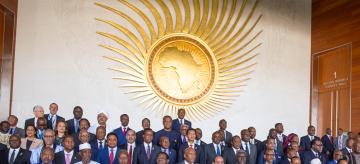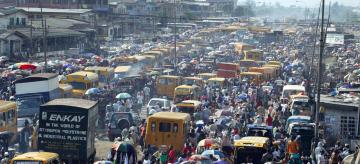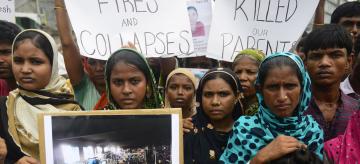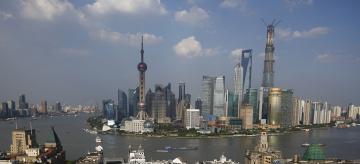Search 16 results
- Remove filter: High School
- Remove filter: Asia
- Remove filter: Sub-Saharan Africa
Filter by
Events
Series

Geopolitics: Sub-Saharan Africa
Sub-Saharan African countries hold roughly 25 percent of the seats in the UN General Assembly, making the region’s voice important on global issues such as climate change and drug trafficking.

U.S. Foreign Policy: Sub-Saharan Africa
The United States’ relationship with sub-Saharan Africa dates back to the transatlantic slave trade era, even before the country’s independence.

Modern History: Sub-Saharan Africa
For centuries, sub-Saharan Africa was home to prosperous empires that made groundbreaking advances in architecture, mathematics, and metalworking.

Politics: Sub-Saharan Africa
By the late 1990s, most countries in the region had transitioned from being European colonies to becoming independent countries.

People and Society: Sub-Saharan Africa
With over one billion people living in forty-nine countries, sub-Saharan Africa is one of the world’s most diverse regions.

Economics: Sub-Saharan Africa
Sub-Saharan Africa sustained rapid economic growth and investment in the early 2000s, a period dubbed by some experts as Africa Rising.

Economics: South & Central Asia
Recent growth has spurred new development, but also revealed old and new economic challenges.

Modern History and U.S. Foreign Policy: Asia
From the British occupation of India to China’s twenty-first century rise, learn how history and foreign influence have shaped the region.

People and Society: Asia
East Asia and the Pacific is the world’s largest region, accounting for nearly one-third of the global population.

Economics: East Asia & The Pacific
You’d never guess from the modern skylines of Shanghai, Seoul, and Singapore, but in 1950, these cities were in some of the world’s least developed countries.